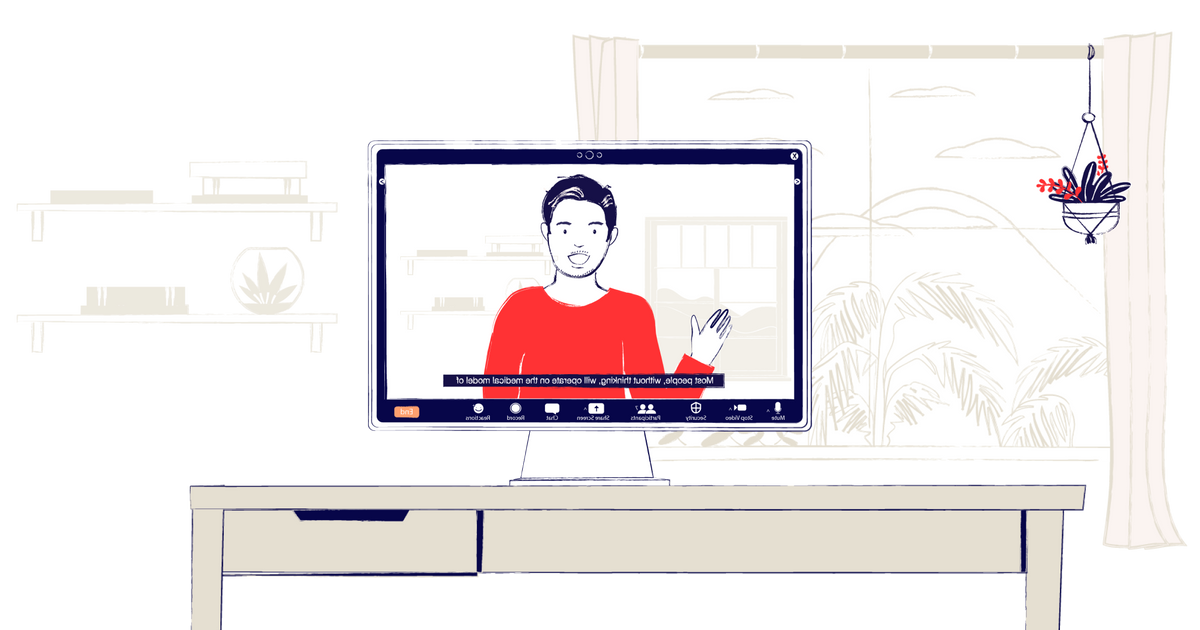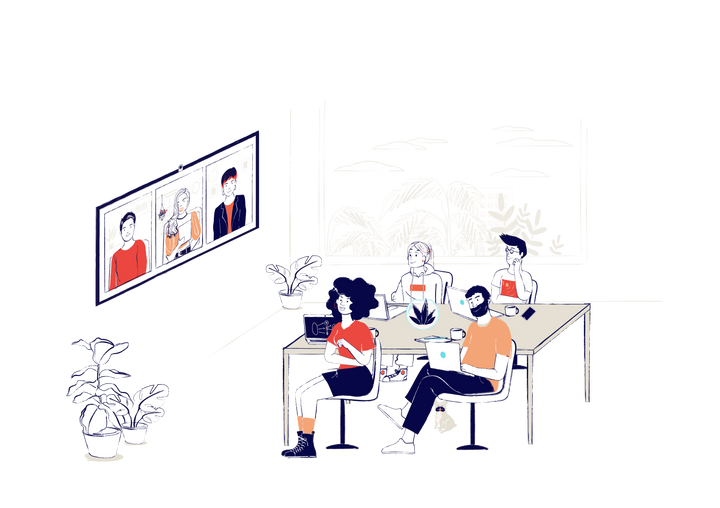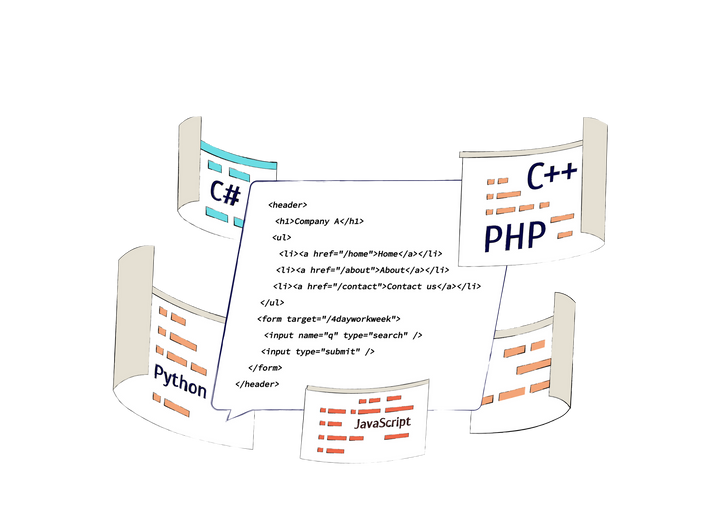Accessibility is More Than Wheelchair Ramps

By Chloe Johnson
Stella Young said it best: “No amount of smiling at a flight of stairs has ever made it turn into a ramp.”
As society begins to, slowly, consider accessibility, ramps are often at the top of the list. Synonymous with disability in general media, they have become a symbol for accessibility.
Perhaps, too much of a symbol.
To be clear, ramps are, definitely, one of the ways that society can become more accessible. There is still a long way to go to make sure that ramps and other essentials to allow disabled people to participate in society are provided. However, by profiling ramps as the paragon of access, we are ignoring the varied needs of disabled people and the complexity of accessibility itself.
Most people, without thinking, will operate on the medical model of disability. This looks at disabled people as “broken”, needing to be fixed, cured or healed. Whilst this model is not inherently harmful when applied to, say, a broken bone, when applied to disability it fails to acknowledge that disabled people can - and should - be included in society without needing to be fixed. This model does not see the disability community as varied, vibrant, and joyful. It is all three of these things.
The social model, and other models such as the interdependent model, is where we begin to go back to our question of access. This model focuses on how a disabled person can be included, by adjustments that society can make, as opposed to the disabled individual. Accessibility is, therefore, stopped from being an afterthought, and encourages a community for disabled people. It is not a perfect model - as we continue to grow and change, so do our ideas - but it is very popular to think about access.
Now that we know what we’re looking for, let's get back to ramps. Most disabled people have stories of being prevented from accessing a building due to physical building restrictions. This can mean a lack of ramp, or a lack of elevator, or, even, an elevator which requires staff to unlock or lock. Even in this example, using a physical access requirement, we can see that access stretches beyond the ramp accommodation itself. In thinking of accessibility as an afterthought, rather than including it within our day-to-day, we are, actually, still being inaccessible. If there is only a ramp available contingent on begging a staff member to find the dusty, metal contraption in the cupboard, that is not true accessibility.
In the recent Emmys Award ceremony, Crip Camp director James Le Brecht asked for an ADA compliant Emmy’s show, fitted with a ramp. Promised by CBS, what was delivered was a ramp which required a back route be taken - forcing disabled artists to retreat temporarily from sight at an awards ceremony where they were meant to be celebrated. Le Brecht has complained about the lack of ADA compliance, saying it shows disabled people as second-class citizens. Here, even if ramps were thought of, they were thought of last.
If physical access is seen as non-essential, how are other types of access fairing?
The short answer is: not well. We have seen that virtual working, despite it being useful for a large variety of disabled people, is often being fought to be scrapped as “normal” people no longer need it.
So why are we not doing better? Whilst there is, of course, ableism prevalent within society, lack of access is also down to lack of knowledge. Disability is seen as “other” and “frightening”, and therefore inclusion is seen as too tricky or difficult. We can’t be inclusive if we do not know how, and therefore the solution is that we must understand the full scope of accessibility.
Access is not just a ramp, it is not just a caption, or a guide dog allowed in a cafe. It is all these things, and it is allowing disabled people to be as empowered and included as a non-disabled person. It is:
- Keeping virtual and remote working as an option, where possible, even if you do not see the need for it
- Employing and paying disabled individuals a fair wage for consulting on access issues
- Having access check-ins as a regular event, for all
Access is, realistically, a million things that we could not list on an article. There is financial access, intellectual access, political access...We all have access needs, yet some are just more normalized than others. Being accessible is accepting that everyone’s access needs are different and varied, and, even, that they may not make sense to you. It is a simple concept, at its core. Accessibility encourages us to talk about our boundaries, which can help us with our rest and welfare regardless of disability. Accessibility also acknowledges that other minorities are excluded from society in a similar way. We can be more accessible to a wide variety of audiences.
So, what have we learnt? Acknowledging the need for ramps is very pressing. As we have seen with the recent Emmys, there is a dire need for these physical access requirements to take place and take place properly. But it is not enough. We need to do more to learn about accessibility as a whole. Instead of making tick-box “access” solutions we should be asking disabled people what they need and want. Instead of half-attempting to create an accessible space, we should be fully integrating it into every aspect of our work. Disabled people make up over 15% of the population, and by only attempting to implement one access need - which, it has to be said, is being done poorly - we are, inherently, being discriminatory. Narrowing our view of accessibility in this way is using access more as a way we can feel virtuous and helpful, whilst limiting how inclusive we can be.
A ramp is a good place to start with accessibility - and, indeed, if your establishment is lacking in physical access this should not discourage you from implementing it, quite the opposite! - but it cannot be the end of the story. Disabled people deserve more, and we will be a more inclusive, creative, varied society for it.
Chloe is a freelance writer and deputy editor of Conscious Being Magazine, a platform created by and for Disabled women and non-binary folks. She loves everything to do with arts, culture, music, heritage and literature, and is currently working on a novel.




